
 THE
THE 
B EDSIDE
B ACCALAUREATE
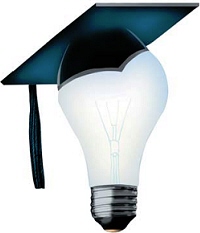
EDITED BY DAVID RUBEL
AN AGINCOURT PRESS BOOK


An Imprint of SterlingPublishing
387 Park Avenue South
New York, NY 10016
STERLING and the distinctive Sterling logo are registered trademarks of
Sterling Publishing Co., Inc.
2008 by Agincourt Press
AN AGINCOURT PRESS BOOK
Book design and layout: Jon Glick/mouse+tiger
For .
All rights reserved. No part of this publication may be reproduced, stored in a retrieval system, or transmitted, in any form or by any means, electronic, mechanical, photocopying, recording, or otherwise, without written permission from the publisher.
ISBN 978-1-4027-9217-5 (eBook)
For information about custom editions, special sales, premium and corporate purchases, please contact Sterling Special Sales Department at 800-805-5489 or specialsales@sterlingpublishing.com.
PREFACE
THE DIFFERENCE BETWEEN THIS BOOK and a miscellany is the difference between knowledge and trivia. The appeal of a miscellany lies in its variety; but in achieving breadth, miscellanies often lack depth and fail to promote understanding. The Bedside Baccalaureate is more than a miscellany because it presents detailed, focused overviews of subjects with which any well-educated person would want to be familiar.
The goal of The Bedside Baccalaureate is not the simple accumulation of facts (some of which you may already know), but the placement of those facts within a framework of knowledge. The twenty courses that make up the book have been created by experts in their respective fields with the intention of making the subjects accessible to nonexpert readers. The interplay among these subjects is intended not merely to inform (and entertain!) but also to encourage the cross-pollination of ideas and to broaden the mind.
No doubt there will be occasions when you have questions that the text, given its brevity, doesnt answer. For this reason, the contributors have provided suggestions for further reading (beginning on ), which you can consult. That youll want to read more should be expected, because learning is contagious; and once you get started, it can be difficult to stop.
HOW TO USE THIS BOOK
The twenty courses are grouped, five at a time, into four sections, or syllabi. These sections are easily viewed in the table of contents that follows.
Each course consists of eighteen single-page lectures that maximize clarity without comprising the integrity of the ideas. The lectures are rotated, rather than clumped together, to add some variety to the reading experience and also to mimic the heady mix of subjects that one encounters in the world of the intellect.
Youll find the lectures for each course on every fifth page, and roman numerals next to the lecture titles keep track of the sequence for you. In the table of contents you will find a link to each lecture, if you prefer to skip around.

SYLLABUS
I
American History
DAVID RUBEL
An overview of the American Civil War from the point of view of Ulysses S. Grant, describing the major battles in which Grant fought as well as the Norths command structure and military strategy.
Economics
CAN ERBIL
Examines the major social and economic issues raised by the ever-closer integration of countries around the world, including international trade agreements, winners and losers, and the so-called race to the bottom.
Art History
KIRSTEN JENSEN
An analysis of the aesthetic, artistic, and cultural commonalities that defined the Hudson River School, the first truly native school of American art.
Physical Sciences
SUSAN DIFRANZO
An introduction to the science of astronomy. In addition to our solar system and stellar life cycles, topics discussed include black holes, neutron stars, quasars, and extraterrestrial life.
Classics
DANIEL GREMMLER
This survey of the mythology created by the ancient Greeks and later adopted by the ancient Romans answers the question What is myth?, pointing out that the Greeks considered their myths neither true nor false while the Romans viewed myth more as literature.

SYLLABUS
II
English and Comparative Literature
DELANO GREENIDGE-COPPRUE
Among the most important intellectual movements in American history, transcendentalism was personified by Ralph Waldo Emerson. Here we follow Emerson on his 1832 trip to Europe, when he began combining his reformist Christian views with British romanticism and German idealismresulting in a way of thinking that shaped Americas image of itself for generations.
Environmental Science
BILL DANIELSON
From the formation of the planet out of supernova debris to the emergence of humanity 4.5 billion years later, this course covers the long run of geological time. Emphasis is placed on the linkages between geological occurrences and the impacts they have had on Earths biology.
World History
NIRA KAPLAN
Follow the French Revolution from its roots in the ancien rgime and the Enlightenment through the Napoleonic period, and learn how the Revolution introduced, in the name of human freedom, some of the worst forms of human oppression.
Math and Engineering
MARK HOFF
This course focuses on the development of alternative energy sources such as solar, wind, biomass, biofuels, geothermal, tidal energy, and fuel cells. Short and long-terms strategies for replacing fossil fuels are discussedespecially in light of the global warming phenomenon, which has made these alternative technologies relevant in a new way.
Religion
PAUL G. HACKETT
Beginning with an historical overview of the first five hundred years of Buddhist history and continuing with the basic principles of the Buddhist worldview, the focus here is on the development of Buddhism from its origins in India as practical teachings on the relief of suffering to its current state as a worldwide religious and philosophical system.

SYLLABUS
III
Math and Engineering
CHARLES JUSTIZ
Learn what it takes to design and build rockets, from the basic physical principles involved in rocket-propelled flight to the engineering issues involved, concluding with a discussion of advanced rocket technologies currently in development and the possibilities of interstellar spaceflight.
Next page
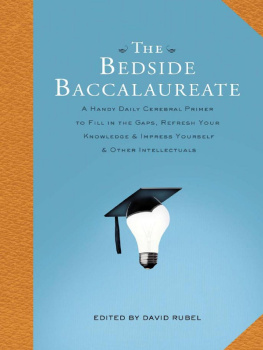

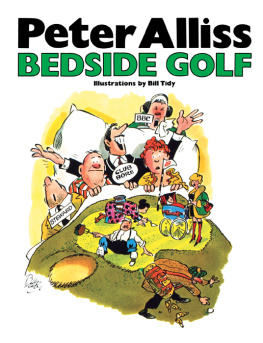
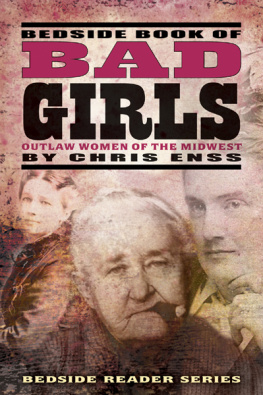
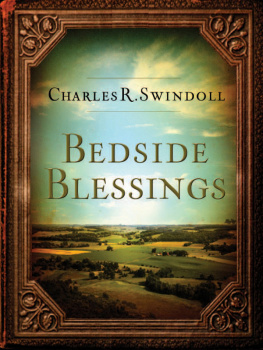
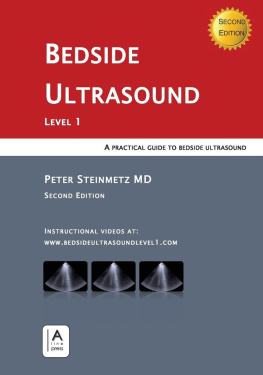
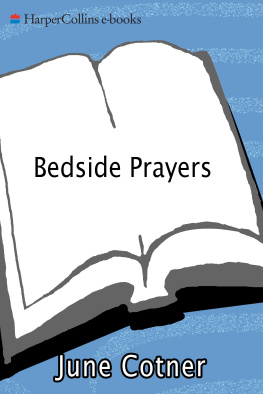

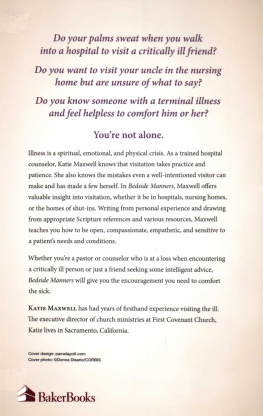
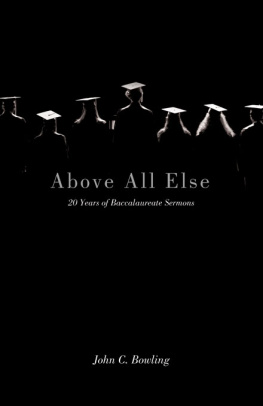

 THE
THE 



